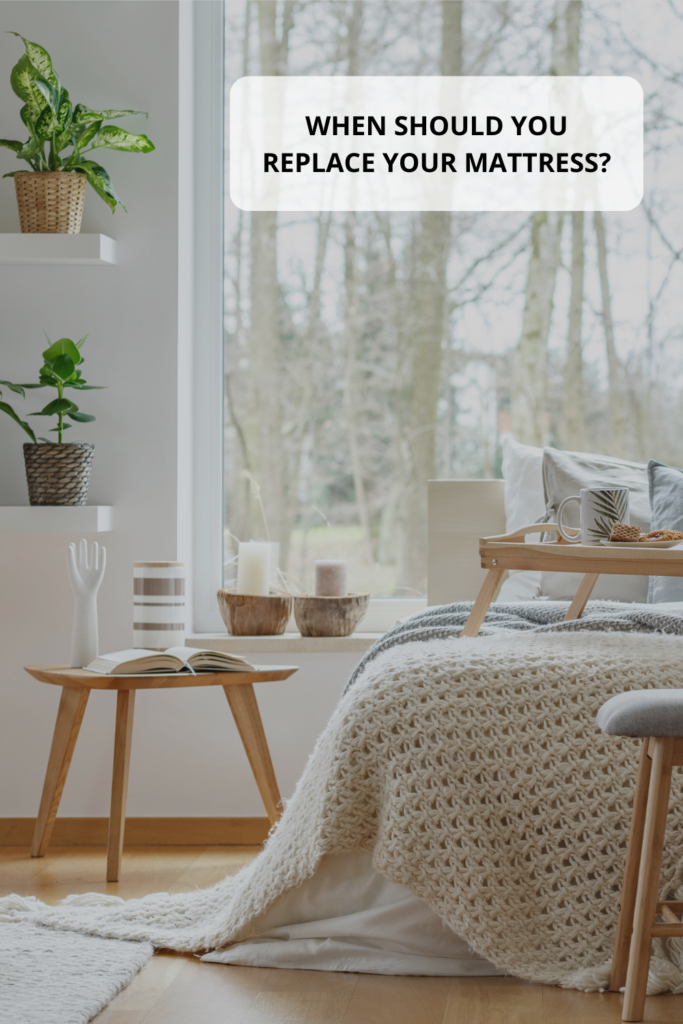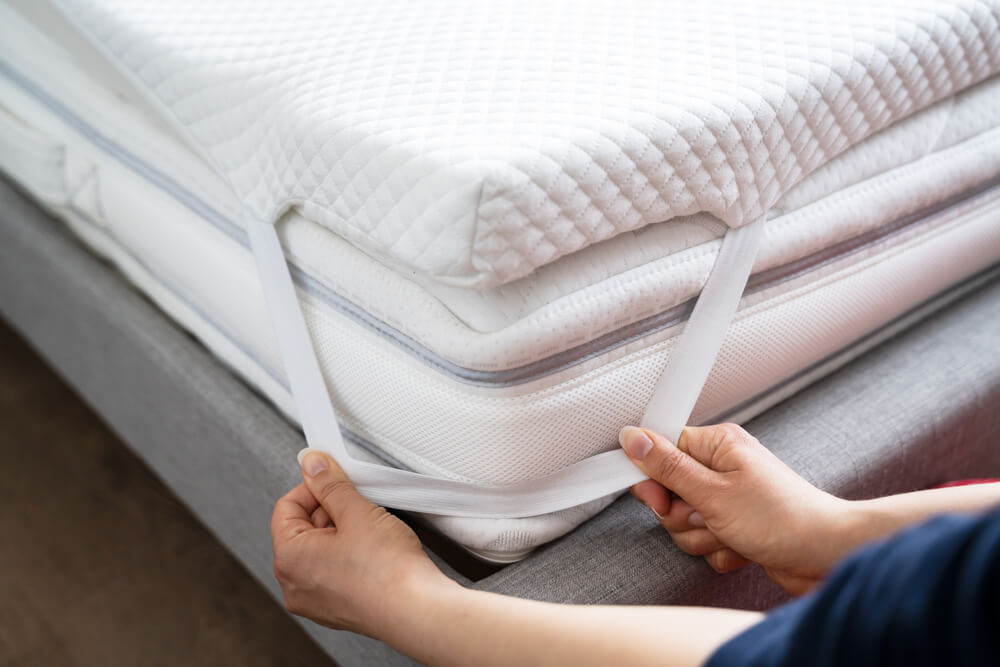1. Dust mites and mattresses: How a new mattress pad can help reduce allergies
If you suffer from allergies, you probably already know how frustrating and debilitating they can be. And if you're one of the millions of people who are allergic to dust mites, your bed may be one of the biggest sources of your discomfort. But fear not – a new mattress pad may be the solution you've been looking for.
According to the American College of Allergy, Asthma & Immunology, dust mites are one of the most common triggers for allergies, with symptoms ranging from sneezing and coughing to itchy eyes and a runny nose. These tiny creatures thrive in warm, humid environments, making our beds the perfect breeding ground for them. However, by investing in a new mattress pad, you can significantly reduce their presence and alleviate your allergy symptoms.
2. The benefits of using a mattress pad to reduce dust mites in your bed
So, how exactly does a mattress pad help reduce dust mites? For starters, a good quality mattress pad creates a barrier between you and your mattress, preventing dust mites from getting to you. By using a pad, you can also easily remove and wash the cover, effectively getting rid of any dust mites that may have snuck their way in. Additionally, some mattress pads are made with materials that are inhospitable to dust mites, making it even harder for them to survive in your bed.
But the benefits don't end there. A new mattress pad can also help improve the overall hygiene of your bed by protecting it from sweat, spills, and other bodily fluids. This not only helps keep dust mites at bay but also extends the life of your mattress.
3. Can a new mattress pad really make a difference in reducing dust mites?
The short answer? Yes, it can. Studies have shown that using a mattress pad can significantly reduce the number of dust mites in a bed. And while it may not completely eliminate them, it can make a noticeable difference in your allergy symptoms and overall sleep quality.
But keep in mind that not all mattress pads are created equal. Look for ones that specifically mention dust mite protection and are made with hypoallergenic materials. You may also want to consider getting a pad with a high thread count, as this can create a tighter weave, making it harder for dust mites to penetrate.
4. The science behind how a mattress pad can reduce dust mites
You may be wondering, how exactly does a mattress pad reduce dust mites? Well, it's all about creating a barrier. As mentioned earlier, a good quality mattress pad creates a physical barrier between you and your mattress, making it difficult for dust mites to reach you. This barrier also prevents dead skin cells, which are a primary food source for dust mites, from reaching your mattress, effectively reducing their food supply.
Additionally, some mattress pads are made with materials that are known to repel dust mites. For example, bamboo is a popular choice for mattress pads as it is naturally hypoallergenic and inhospitable to dust mites.
5. Choosing the right mattress pad to effectively reduce dust mites
When shopping for a new mattress pad, there are a few things to keep in mind to ensure you get the best one for reducing dust mites. Look for pads that are specifically designed for allergy or dust mite protection. These will often have a tight weave and be made with materials that are known to repel dust mites.
You may also want to consider getting a pad with a waterproof or moisture-wicking feature. This can help prevent the buildup of moisture, which dust mites thrive in.
6. Tips for maintaining a dust mite-free mattress with a new mattress pad
Once you've invested in a new mattress pad, there are a few things you can do to ensure it remains effective in reducing dust mites. First and foremost, make sure to regularly wash the pad cover and your sheets in hot water. This will help kill any dust mites that may be present.
You should also vacuum your mattress regularly to remove any dust and debris that may have accumulated. And if possible, try to air out your mattress and pad in the sun, as UV rays can also help kill dust mites.
7. The link between dust mites and allergies: How a new mattress pad can help
As mentioned earlier, dust mites are a common trigger for allergies. And for those who are allergic, a new mattress pad can make a significant difference in reducing symptoms. By creating a barrier between you and your mattress, a pad can help prevent dust mites from reaching you and triggering an allergy attack.
Furthermore, a good quality mattress pad can also help improve the overall air quality in your bedroom, making it easier for allergy sufferers to breathe and sleep comfortably.
8. Comparing different types of mattress pads for dust mite reduction
When it comes to choosing a mattress pad for dust mite reduction, there are a few options available. Some may be more effective than others, so it's essential to do your research and choose the one that best suits your needs and budget.
One popular option is a memory foam mattress pad. These pads are known for being hypoallergenic and resistant to dust mites. However, they may be more expensive than other types of pads.
A cheaper alternative is a cotton or polyester mattress pad with a high thread count. These can also create a tight barrier, making it difficult for dust mites to penetrate. But keep in mind that these pads will need to be washed frequently to maintain their effectiveness.
9. How often should you replace your mattress pad to maintain dust mite control?
Just like your mattress, your mattress pad will need to be replaced at some point. How often you should do so depends on the quality of the pad and how well you maintain it. If you wash it regularly and keep it in good condition, a mattress pad can last anywhere from 1-3 years.
However, if you notice that your allergies are acting up more frequently or your pad is showing signs of wear and tear, it may be time for a replacement.
10. The role of mattress pads in reducing dust mites and improving overall sleep hygiene
Aside from reducing dust mites, mattress pads can also play a significant role in improving your overall sleep hygiene. As mentioned earlier, they can protect your mattress from sweat, spills, and other bodily fluids, keeping it clean and prolonging its lifespan.
Additionally, a good quality mattress pad can also add an extra layer of comfort to your bed, helping you achieve a more restful and comfortable sleep. And we all know how important a good night's rest is for our overall health and well-being.
In conclusion, investing in a new mattress pad can make a significant difference in reducing dust mites and improving your sleep and allergy symptoms. Make sure to choose a pad that is specifically designed for dust mite protection and maintain it well for the best results. With the right mattress pad, you can finally say goodbye to those pesky dust mites and enjoy a peaceful and comfortable night's sleep.
A New Mattress Pad: The Key to Reducing Dust Mites in Your Home

Why Dust Mites are a Common Household Problem
 Dust mites are microscopic creatures that can be found in nearly every home. These tiny bugs thrive in warm, humid environments, making our beds the perfect breeding ground for them. They feed on dead skin cells and can cause allergies and respiratory issues for many people. In fact, according to the American Lung Association, dust mites are one of the most common triggers for asthma attacks. So, it's no wonder that many homeowners are constantly searching for ways to reduce the number of dust mites in their homes.
Dust mites are microscopic creatures that can be found in nearly every home. These tiny bugs thrive in warm, humid environments, making our beds the perfect breeding ground for them. They feed on dead skin cells and can cause allergies and respiratory issues for many people. In fact, according to the American Lung Association, dust mites are one of the most common triggers for asthma attacks. So, it's no wonder that many homeowners are constantly searching for ways to reduce the number of dust mites in their homes.
The Role of Mattress Pads in Dust Mite Control
 While regular cleaning and vacuuming can help reduce the number of dust mites in your home, one often overlooked solution is investing in a quality mattress pad. Mattress pads not only provide an extra layer of comfort and protection for your mattress, but they can also play a significant role in reducing dust mites. The tight weave of a mattress pad creates a barrier between you and the dust mites, making it harder for them to reach your skin and cause allergies.
While regular cleaning and vacuuming can help reduce the number of dust mites in your home, one often overlooked solution is investing in a quality mattress pad. Mattress pads not only provide an extra layer of comfort and protection for your mattress, but they can also play a significant role in reducing dust mites. The tight weave of a mattress pad creates a barrier between you and the dust mites, making it harder for them to reach your skin and cause allergies.
The Benefits of a New Mattress Pad
 If you're wondering whether a new mattress pad can truly make a difference in reducing dust mites, the answer is yes. A new mattress pad can provide the following benefits:
- Increased Protection:
As mentioned before, a new mattress pad creates a barrier between you and the dust mites, reducing the chances of them reaching your skin.
- Easy to Clean:
Most mattress pads are machine washable, making it easy to keep them clean and free of dust mites.
- Added Comfort:
A new mattress pad can also add extra comfort to your bed, making it a win-win situation for both you and your mattress.
If you're wondering whether a new mattress pad can truly make a difference in reducing dust mites, the answer is yes. A new mattress pad can provide the following benefits:
- Increased Protection:
As mentioned before, a new mattress pad creates a barrier between you and the dust mites, reducing the chances of them reaching your skin.
- Easy to Clean:
Most mattress pads are machine washable, making it easy to keep them clean and free of dust mites.
- Added Comfort:
A new mattress pad can also add extra comfort to your bed, making it a win-win situation for both you and your mattress.
Choosing the Right Mattress Pad
.png?sfvrsn=5c0b9a94_2) When shopping for a new mattress pad, it's important to look for one that is specifically designed to reduce dust mites. Look for materials such as hypoallergenic fabrics, anti-microbial properties, and tight weaves. Additionally, make sure to regularly wash and replace your mattress pad to ensure maximum effectiveness in reducing dust mites.
When shopping for a new mattress pad, it's important to look for one that is specifically designed to reduce dust mites. Look for materials such as hypoallergenic fabrics, anti-microbial properties, and tight weaves. Additionally, make sure to regularly wash and replace your mattress pad to ensure maximum effectiveness in reducing dust mites.
In Conclusion
 In conclusion, a new mattress pad can be a valuable tool in reducing dust mites in your home. By creating a barrier between you and the dust mites, a mattress pad can provide added protection, comfort, and peace of mind. So, if you're looking for a simple and effective solution to improve the air quality in your home, consider investing in a new mattress pad. Your health and well-being will thank you.
In conclusion, a new mattress pad can be a valuable tool in reducing dust mites in your home. By creating a barrier between you and the dust mites, a mattress pad can provide added protection, comfort, and peace of mind. So, if you're looking for a simple and effective solution to improve the air quality in your home, consider investing in a new mattress pad. Your health and well-being will thank you.




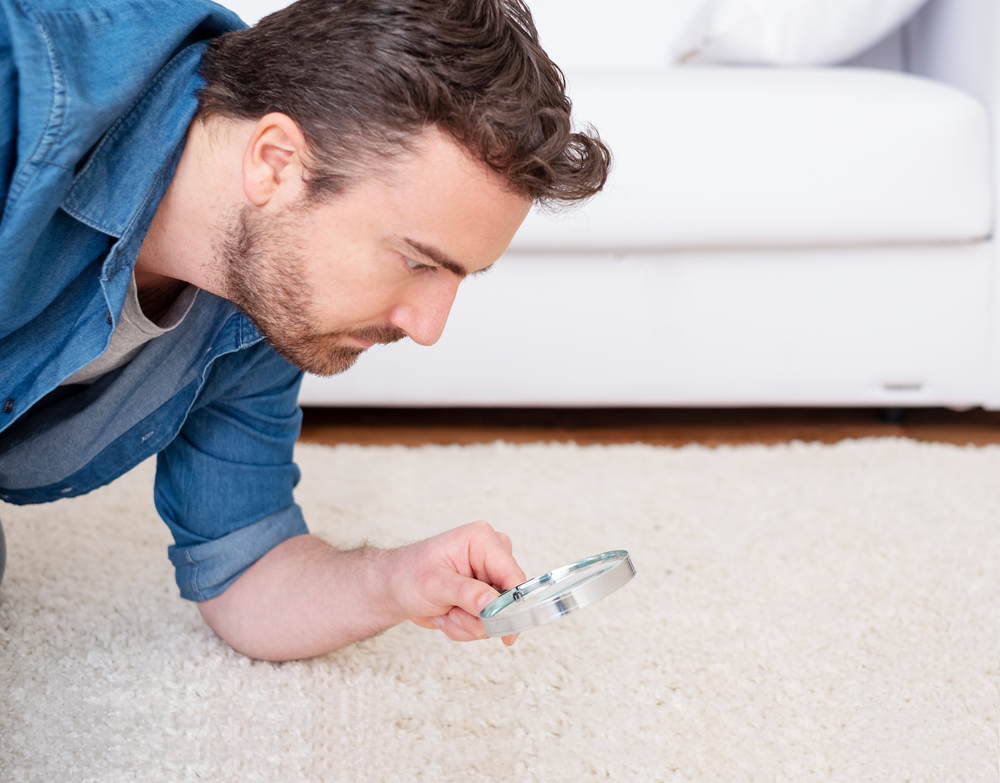



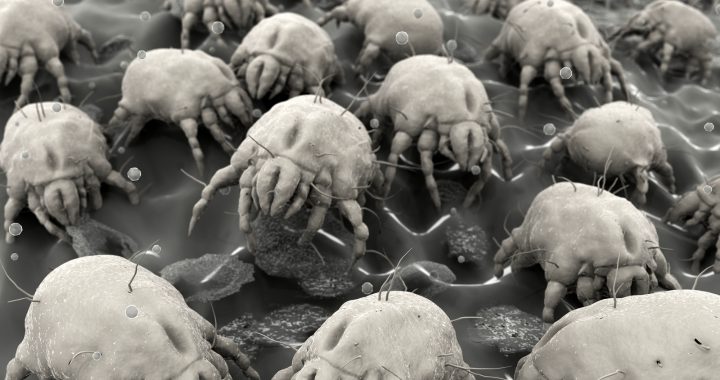
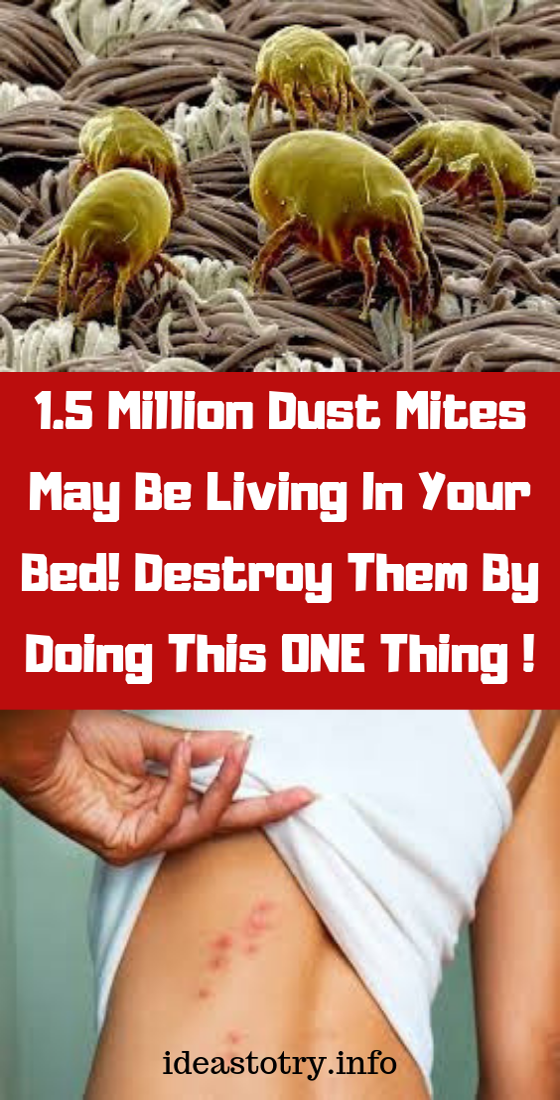


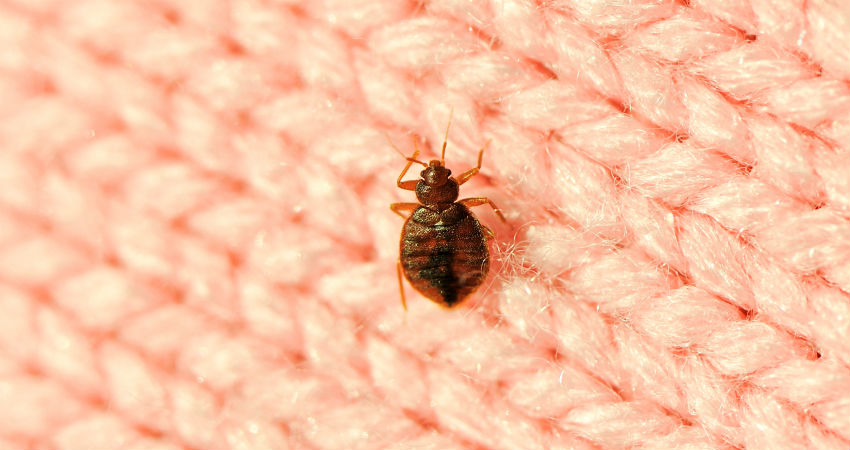



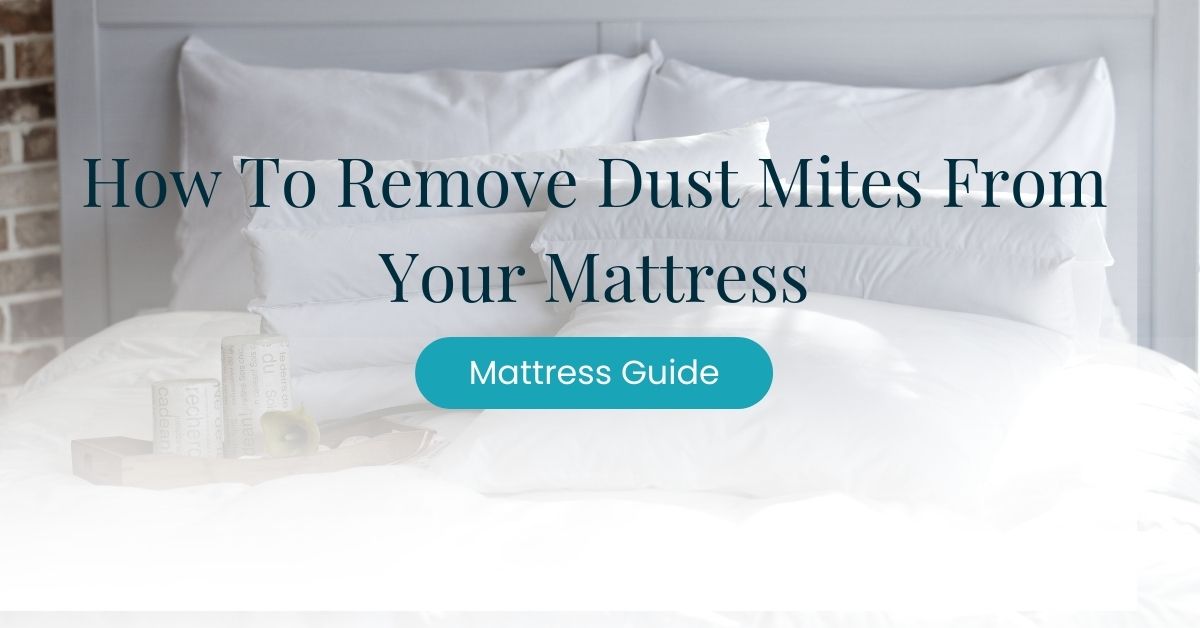
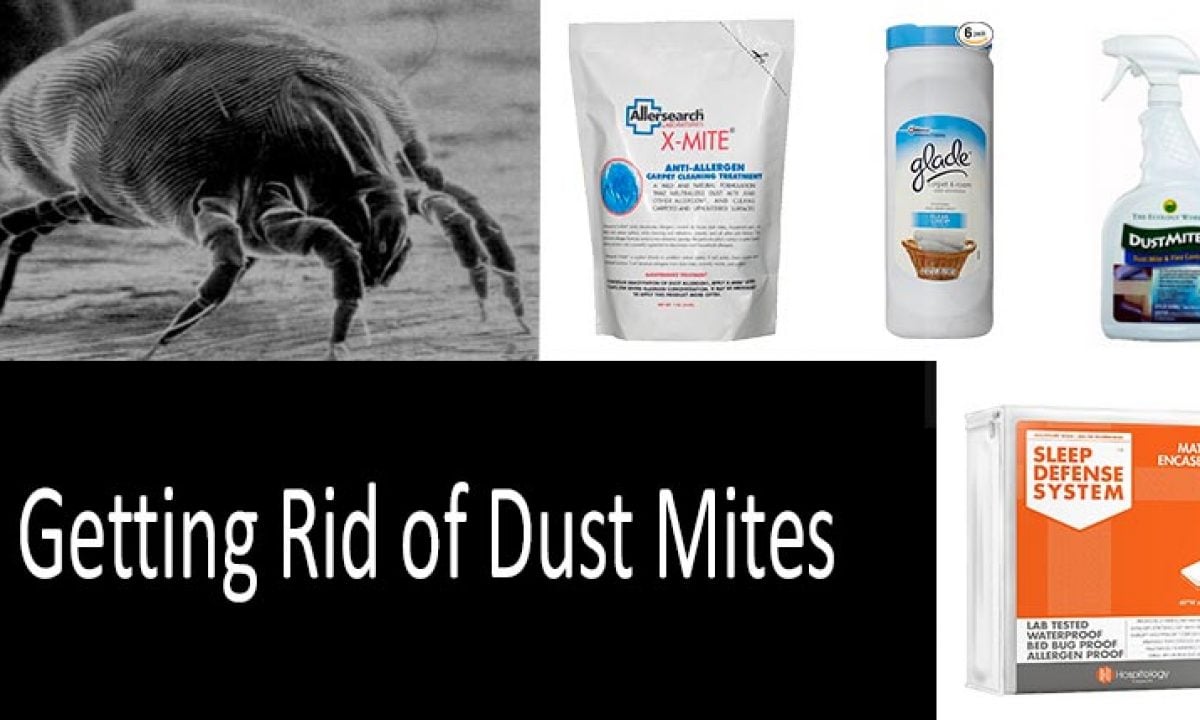



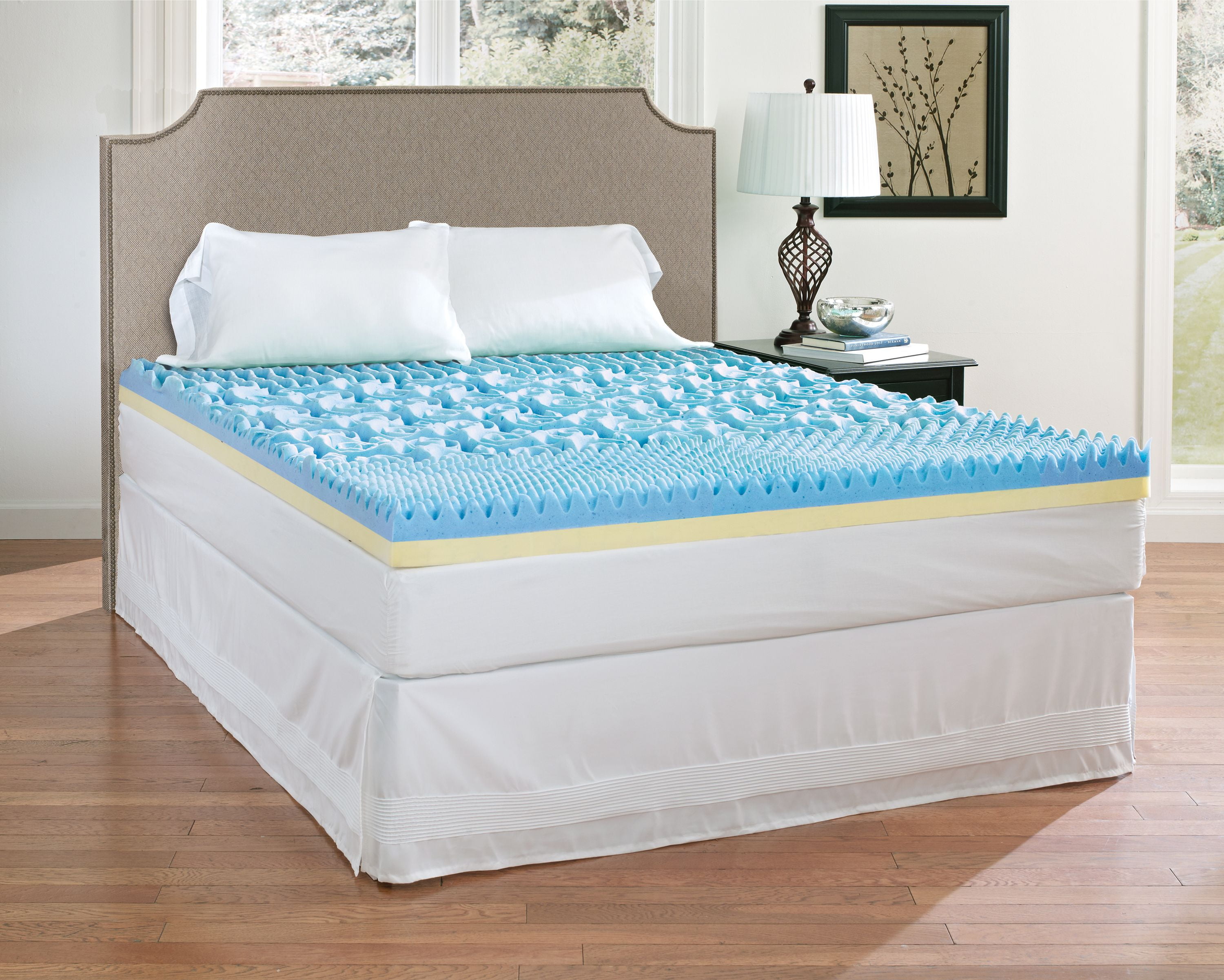

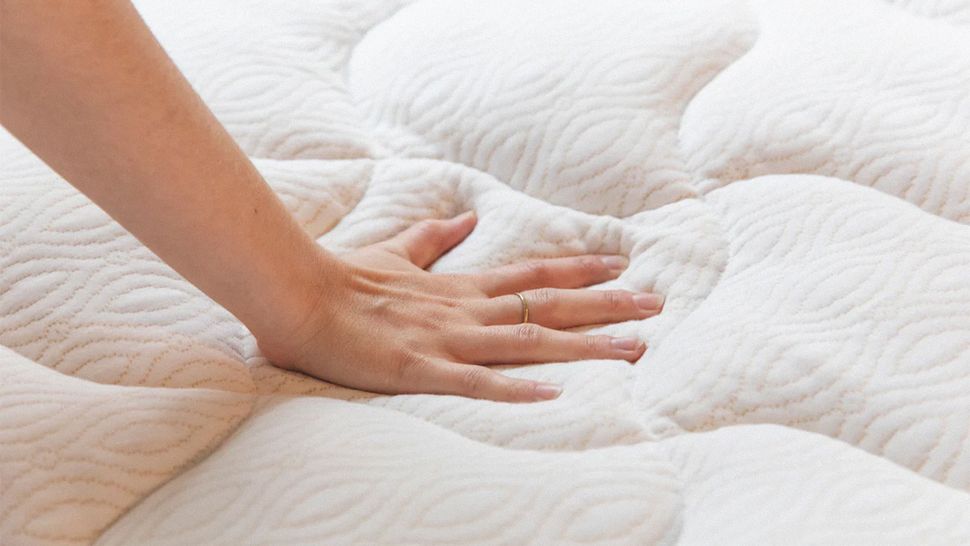

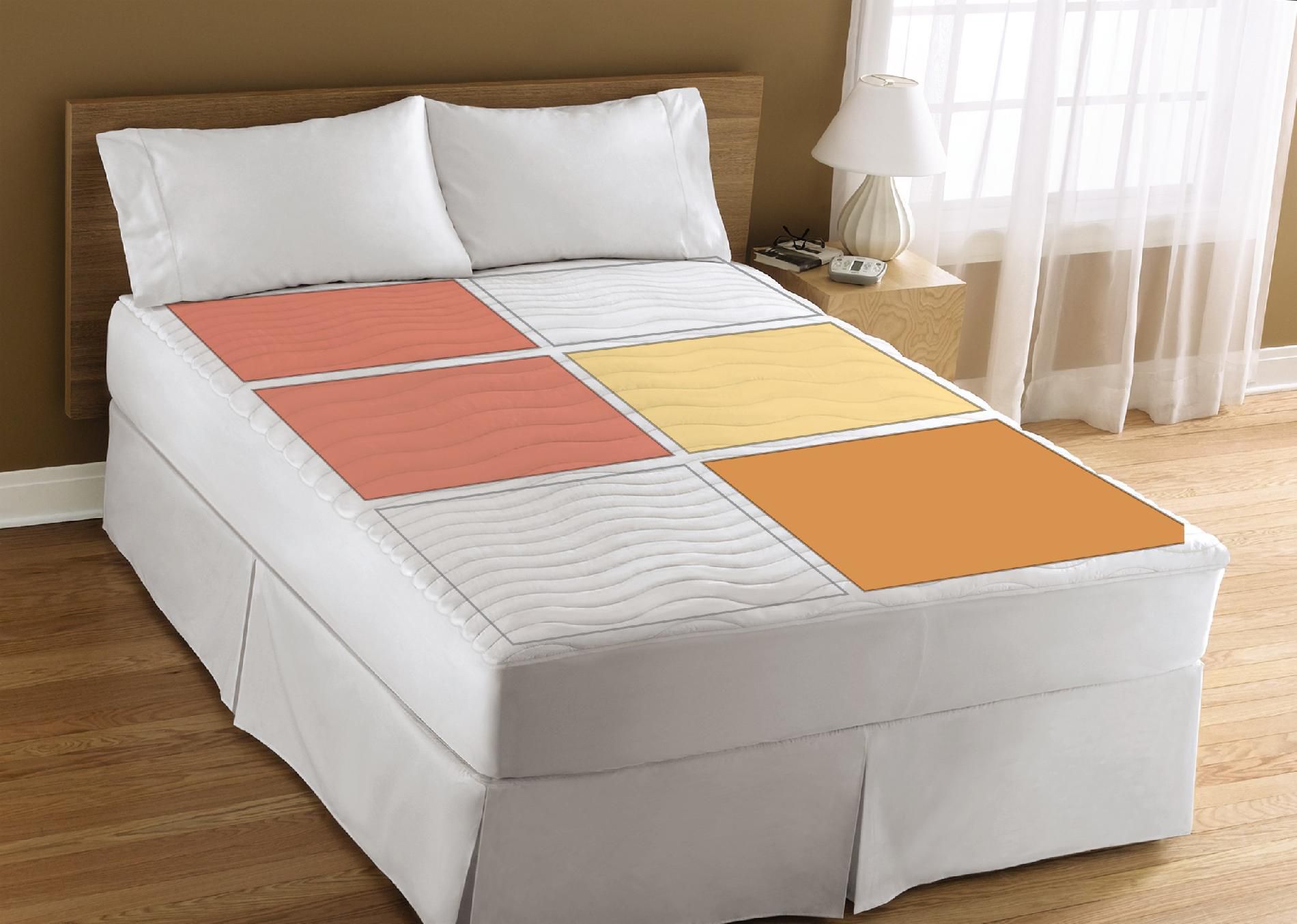
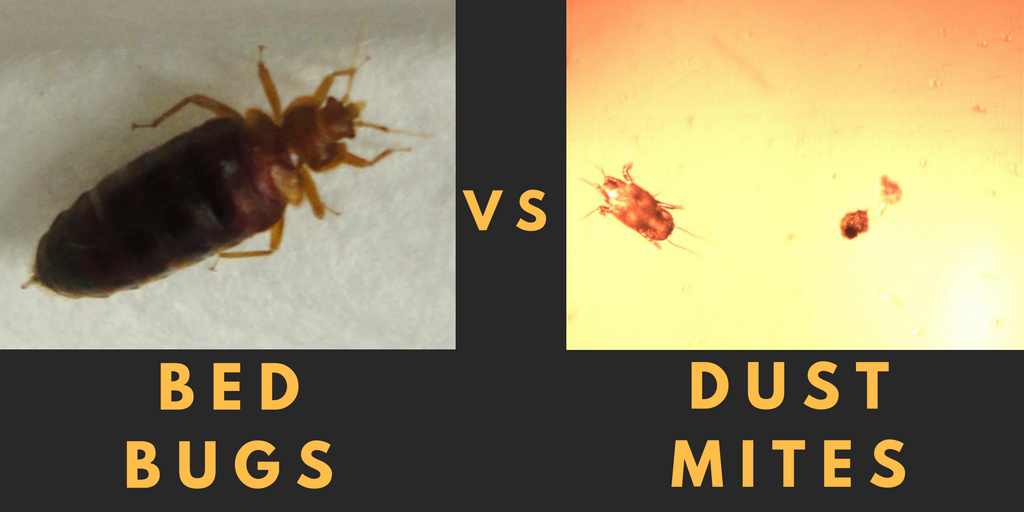





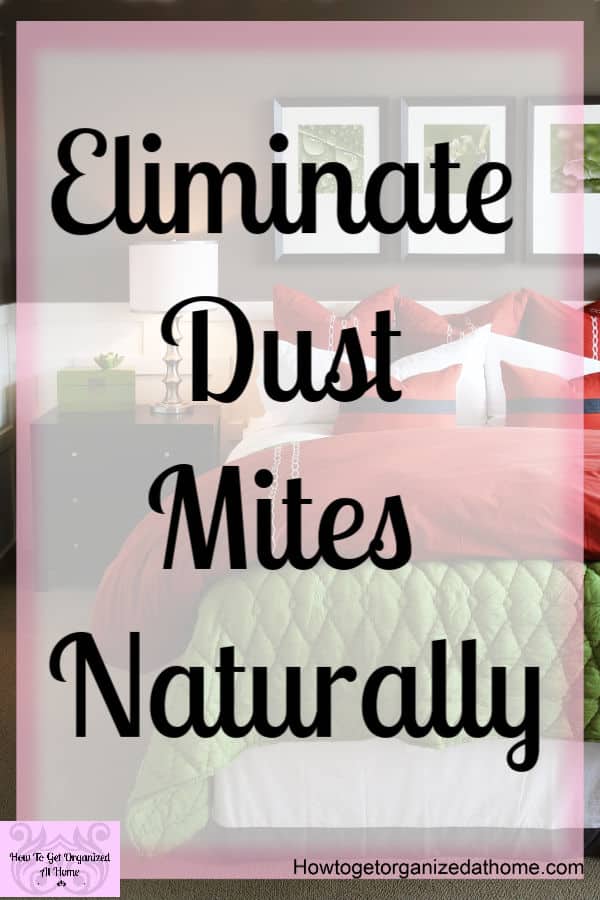

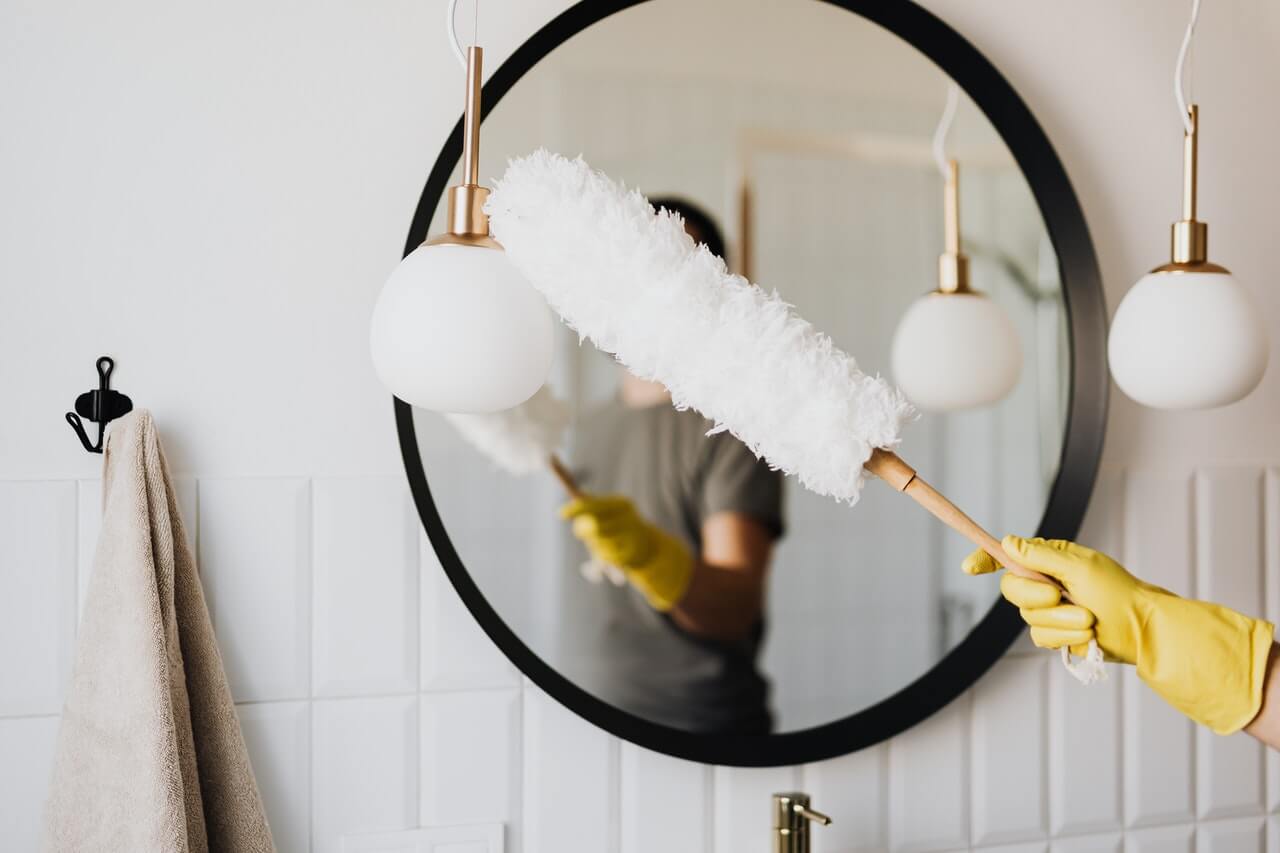
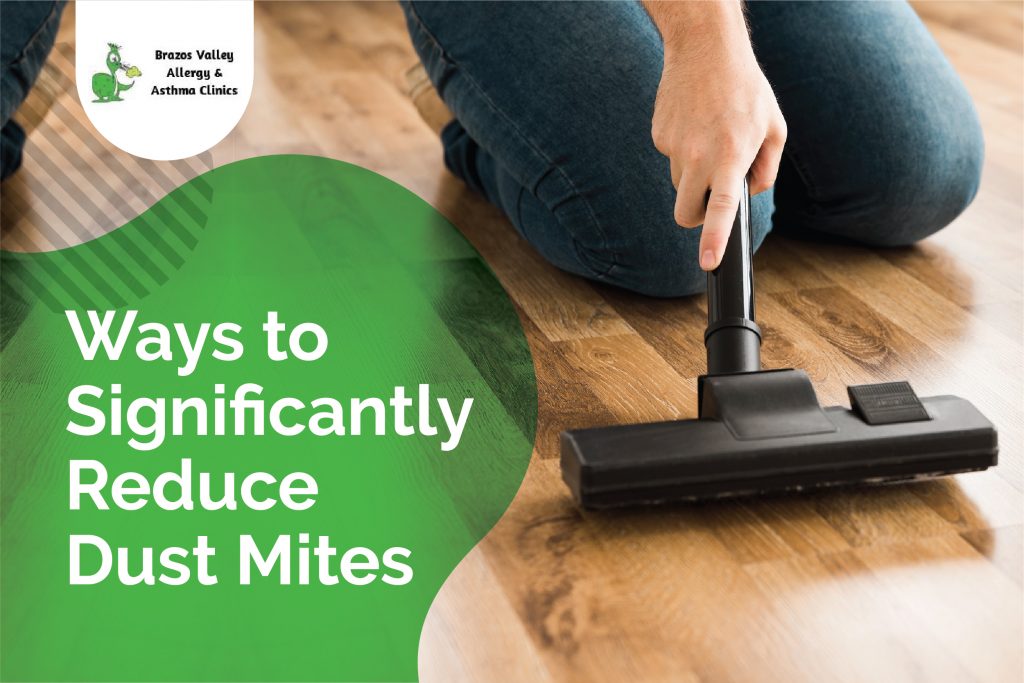
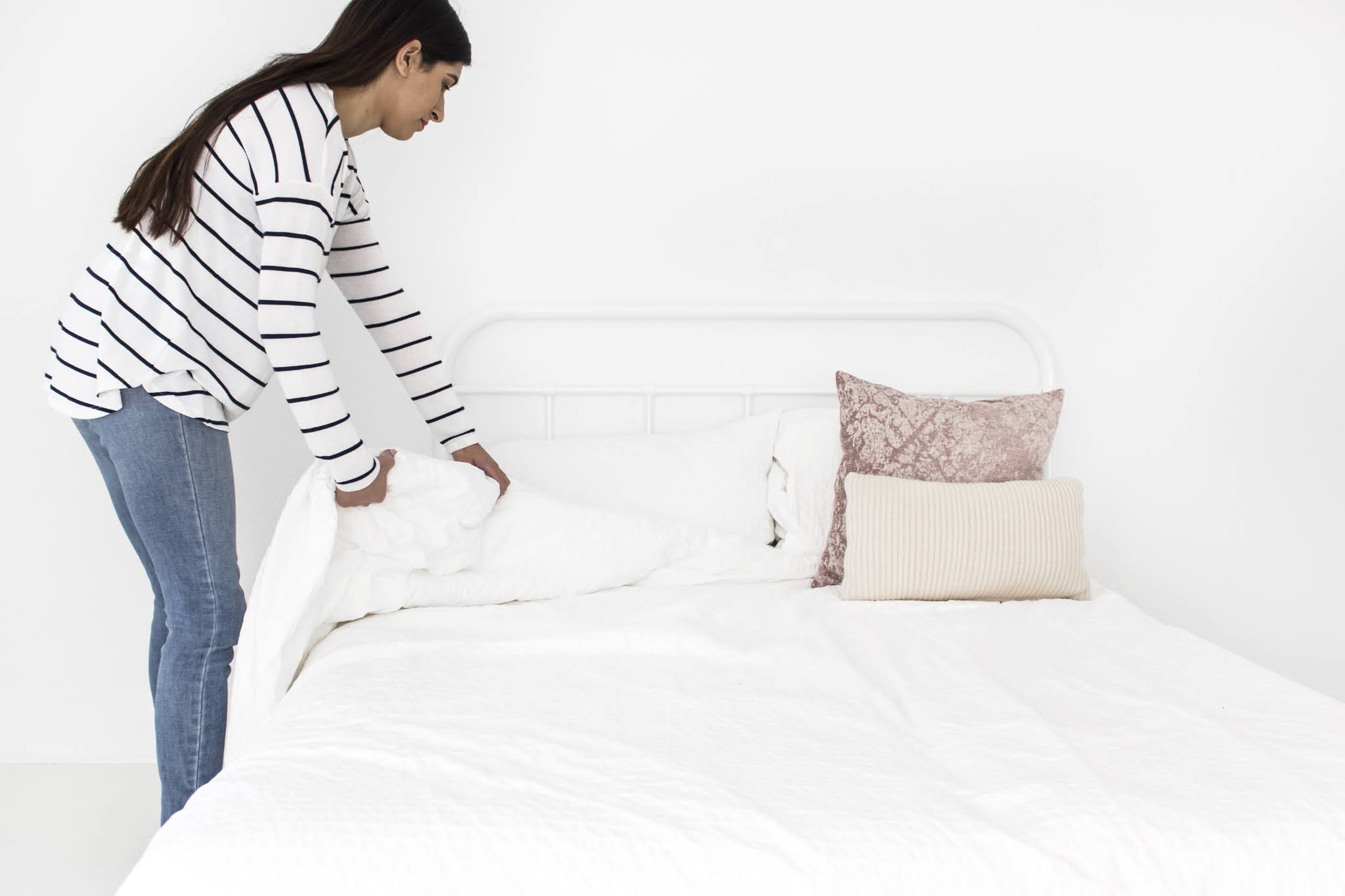
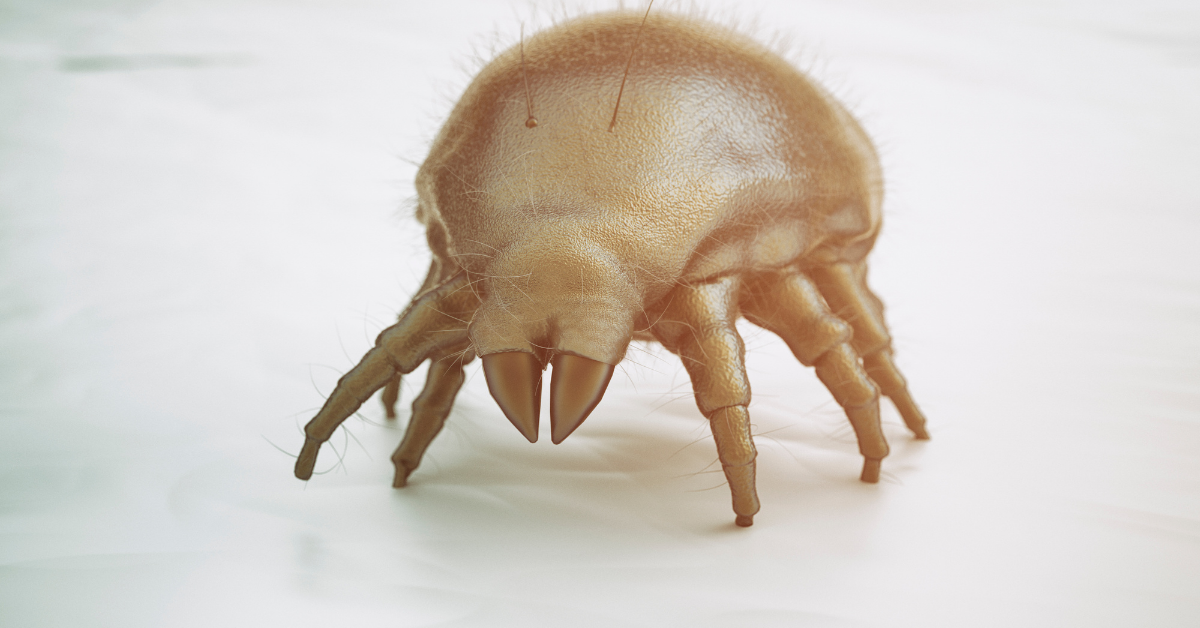

:max_bytes(150000):strip_icc()/how-to-get-dust-mites-out-of-mattress-5270595-01-0cb81e1ea3f444908b16aac4dd4c07a8.jpg)





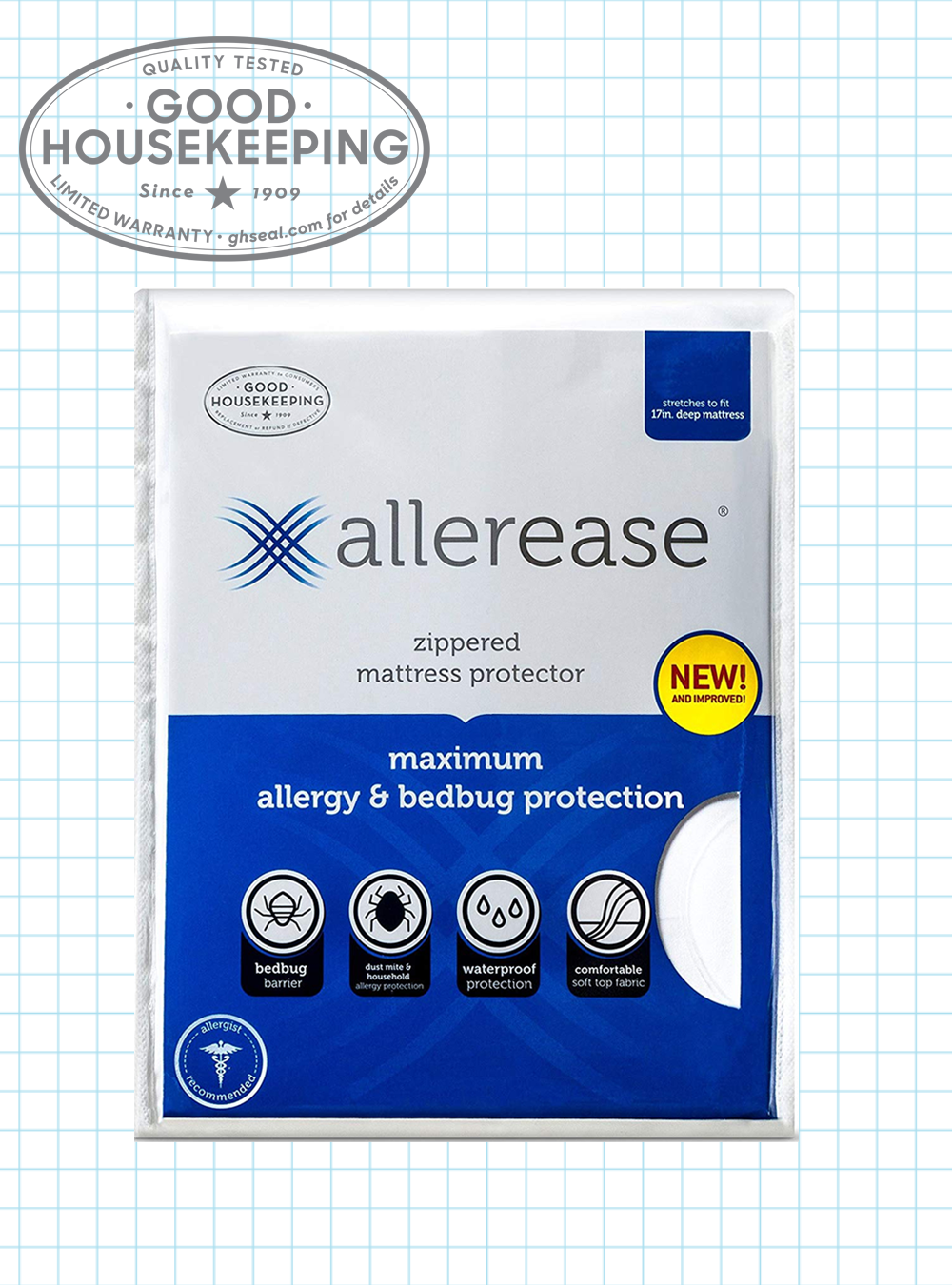
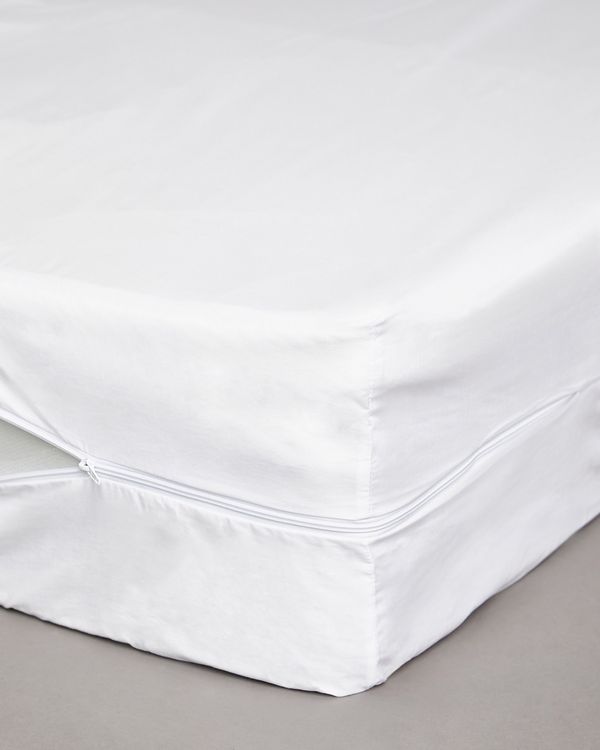



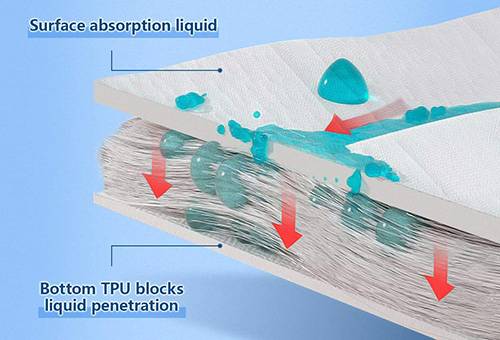








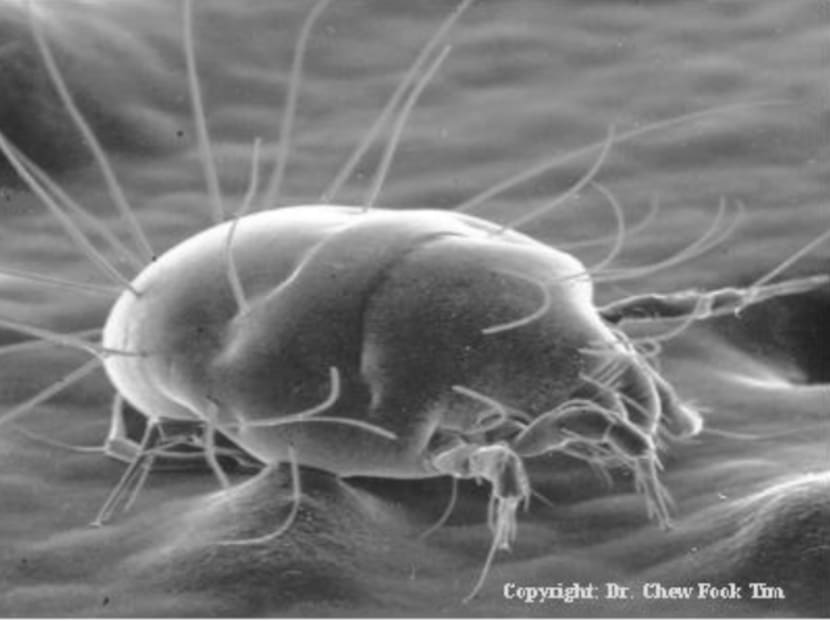

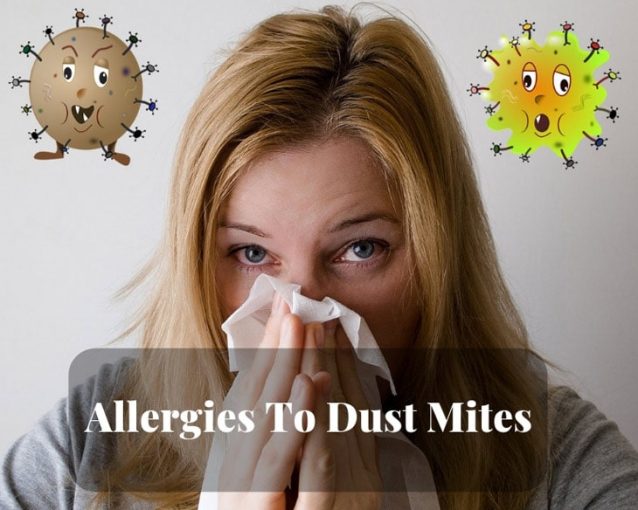
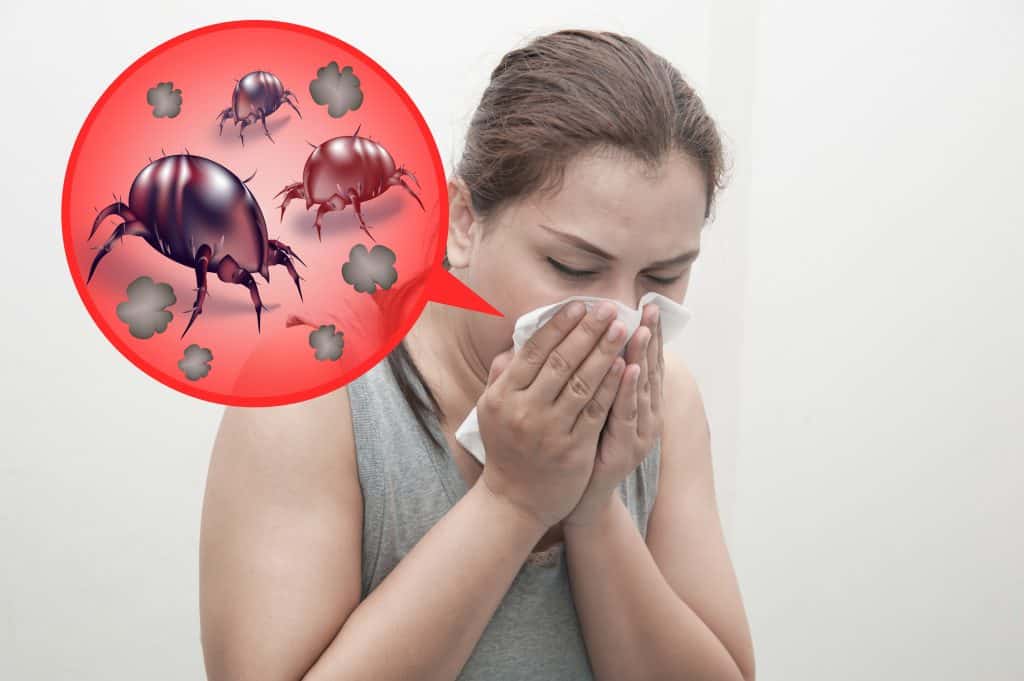
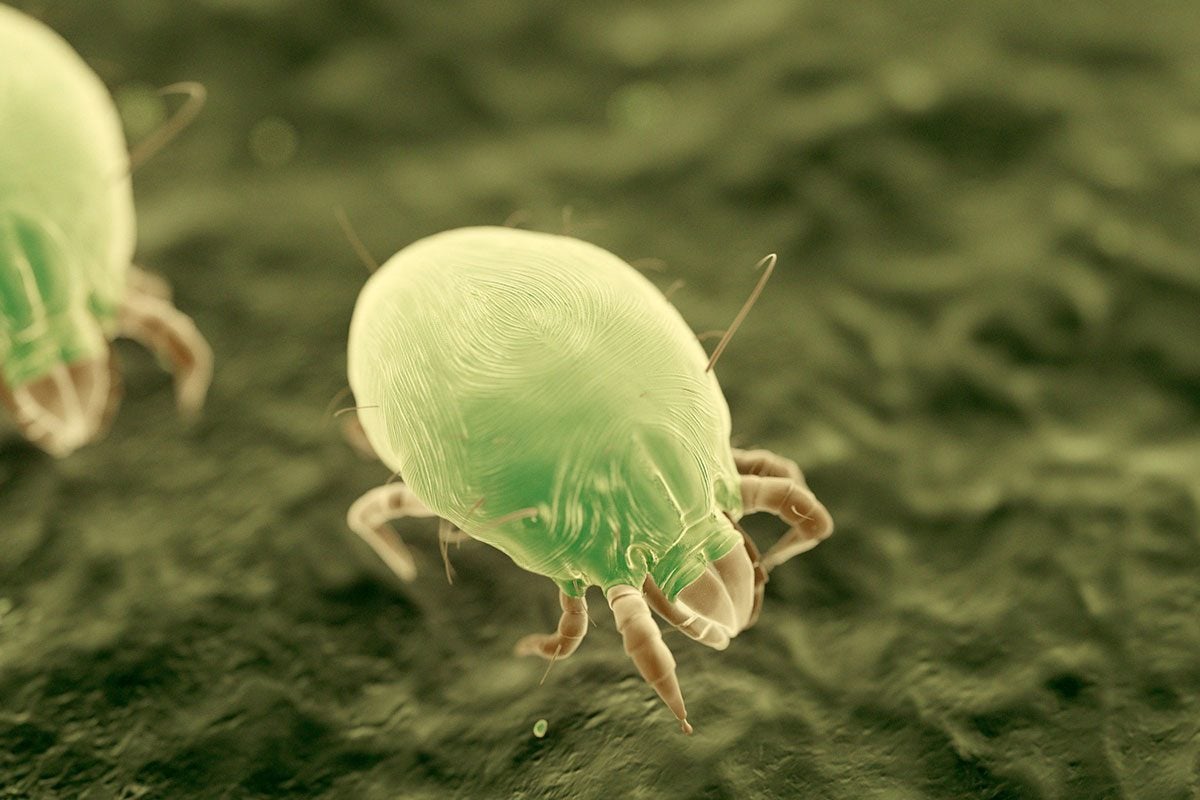
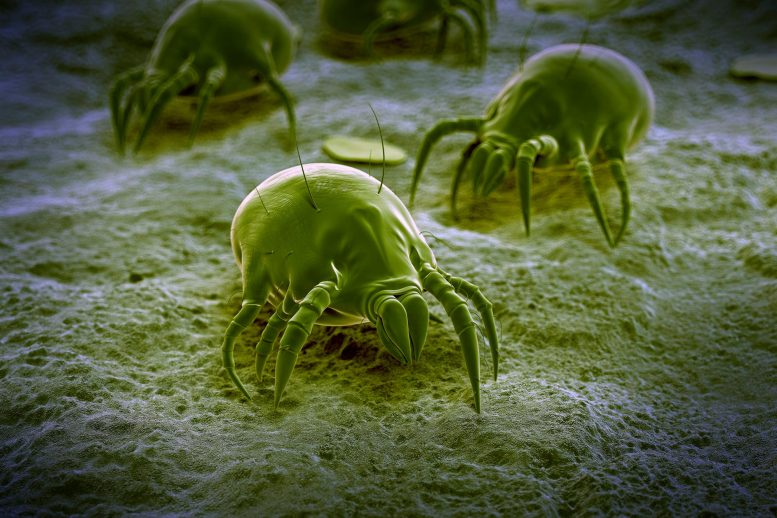



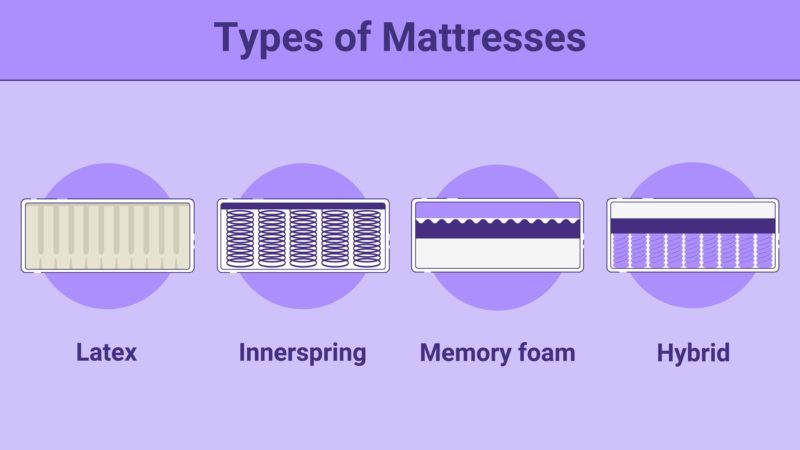



:max_bytes(150000):strip_icc()/how-to-get-dust-mites-out-of-mattress-5270595-04-c70f7e59ad304c8e8bb2585f6e030c40.jpg)


